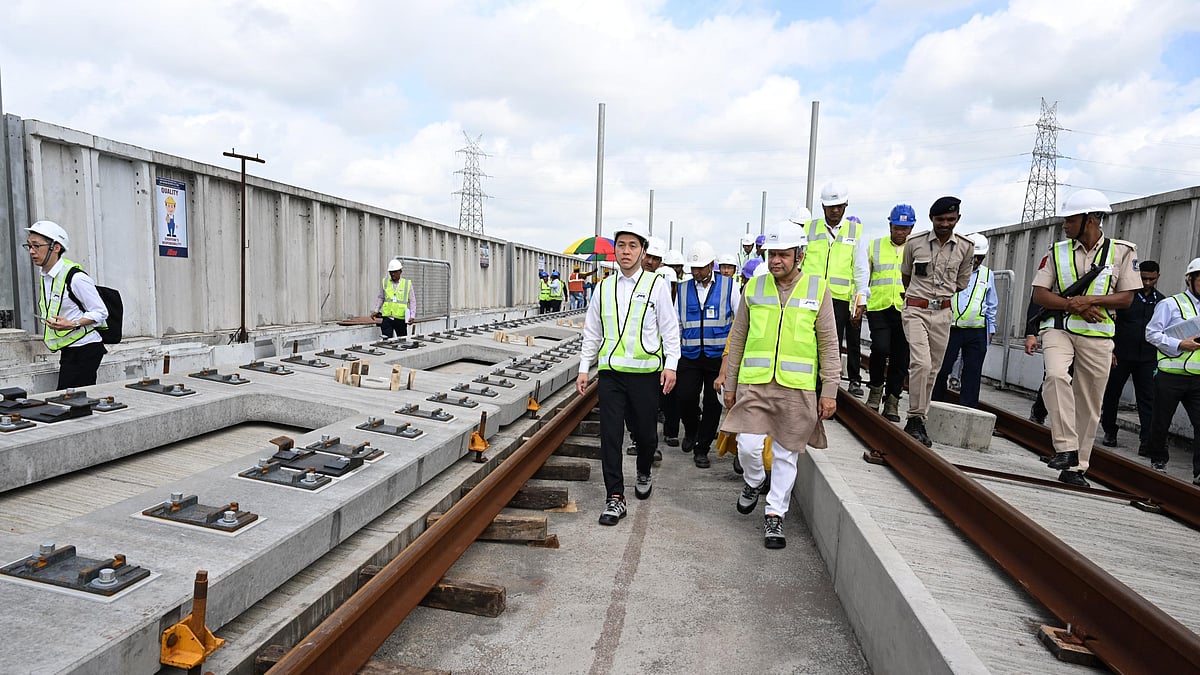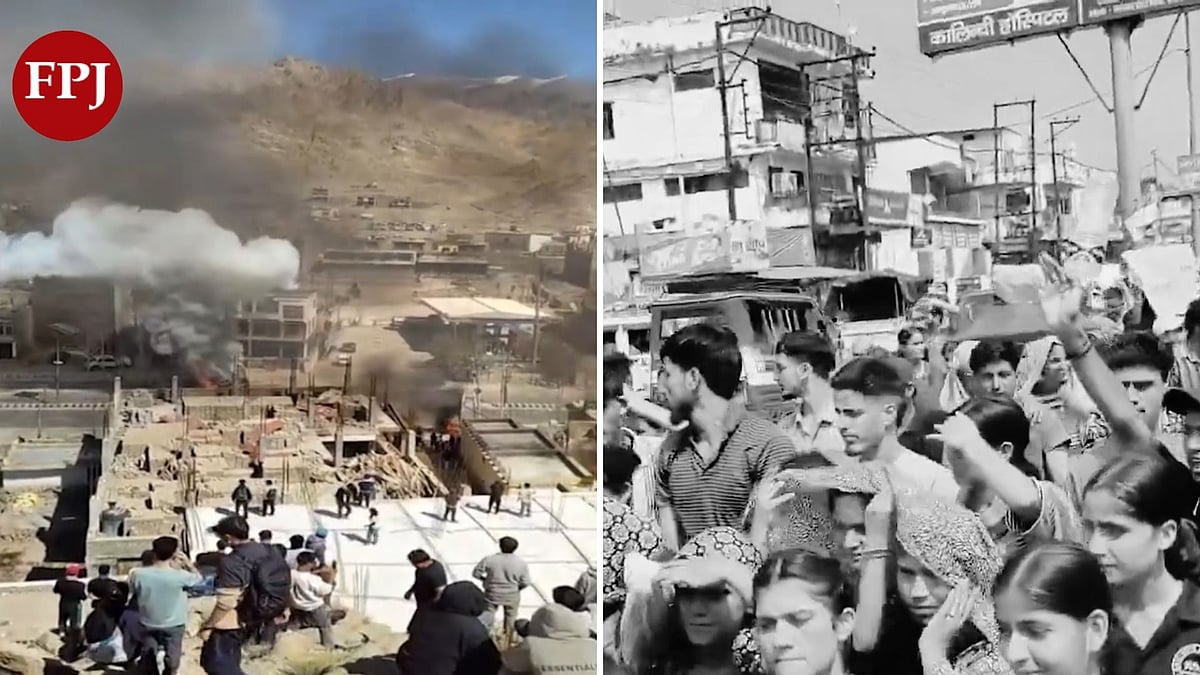We are caught between the devil and the deep blue sea in respect of the imposition of lockdowns. According to a paper published by the Frankfurt School of Finance, not imposing a lockdown leads to higher numbers of deaths which, in turn, leads to lower economic growth. On the other hand, the imposition of a lockdown leads to a direct reduction in economic activity and lower economic growth, even though some improvement takes place after a time.
According to the financial firm Jefferies, three states in the US, namely, Arizona, Texas and Utah, did not impose lockdowns. The result was greater spread of Covid and the economy of these states was more impacted negatively than other states. In other words, the economy is not better if a lockdown is not imposed.
This same study describes the different trajectories of two Scandinavian countries, Sweden and Denmark. Sweden did not lock down and its people were encouraged to follow social distancing and wear masks voluntarily. A lockdown was imposed in Denmark. It was found that the rate of death in Sweden was five times higher than in Denmark. This underscores the fact that lockdowns are necessary.
Lockdown and economy
Two papers published by the University of Oxford and Wiley Clinical Practice, both said that late imposition of lockdown in the United Kingdom led to a higher death rate and a negative impact on the economy. These studies indicate that lockdowns necessarily have to be imposed. Not imposing a lockdown may seem to help the economy by not prohibiting economic activity immediately but that does not save the economy because then the higher death rate soon impacts it.
We have to understand the recommendation of the World Health Organisation to avoid imposing lockdowns in this backdrop. David Nabarro of WHO has said that lockdowns are very harsh on the poor and should therefore be imposed only as a last resort. He has also said that the poor are left without food, which leads them to breaking the lockdown. That leads to greater spread of the virus and makes the lockdown unsuccessful for the rich and poor alike. In our own country, we saw how the huge movement of migrant labour took place in the first lockdown and added to the infections.
It is clear that both, the imposition and non-imposition of a lockdown—have a negative impact on the economy. The way out is to impose a lockdown but fine-tune it to reduce economic hardship. The Economist Today has suggested that construction workers could be required to stay within the boundaries to reduce the possibility of infection. The same could be done for manufacturing industries and software parks. Another suggestion is to segregate workers in two groups and alternate them in shifts so that, in case infection takes place, it affects only one half of the workers and production does not totally come to a standstill.
What can be allowed
It is also necessary to determine activities which need to be locked down and activities which need not be. Economists calculate the costs and benefits of various projects. The costs and benefits of locking down various activities can be calculated separately. The costs and benefits of a lockdown on schools, bus, rail and international travel, restaurants, cinema halls, street-corner markets and manufacturing activities can be calculated separately.
Those activities that have high costs and low benefits could be locked down while others could be allowed. For example, cinema halls may have a high cost because large numbers of people are confined in a closed space but the benefits may be nominal, since they add very little to the economic activity. Such activities can be locked down. While schools that create long-term economic value may be allowed to open.
With certain activities, there can be multiple scenarios. For schools, the costs and benefits can be calculated in following scenarios: (1) a complete lockdown; (2) complete lockdown with e-learning; (3) no lockdown, with aggressive testing and tracing; and (4) no lockdown without testing and tracing. This calculation could then be done separately for primary, secondary and higher education. It could further be done for residential and non-residential schools.
Cumbersome but necessary
It may appear cumbersome to make these calculations. But given that the Covid pandemic shows no signs of abating, it is necessary to assess these multiple options and implement the best among them. Such fine-tuning would encourage the institutions to move to Covid-resistant models. For example, schools may move towards the e-learning and residential models, so that they can operate despite the lockdowns outside.
A paper in the Wiley Clinical Practice Journal has emphasised that lockdowns are more likely to succeed if the people are taken into confidence, rather than mainly imposed from the top. I recall that last year, towards the beginning of the pandemic, New York Governor Andrew Cuomo used to hold one-hour long press briefings every day and informed people of the true state of the pandemic and the facilities that he was trying to arrange. I believe that had a great impact on compliance by the public. Even I, a viewer in India, was impressed.
On the other hand, even during the strict lockdown last April, the ministers in Uttarakhand were nowhere to be seen and officials were issuing passes to one and sundry. The holding of public meetings and family functions without social distancing in the presence of leaders sends and exactly the opposite message. A daily press briefing by our health minister would help clear a lot of misinformation that may be circulating. I recall that Lal Bahadur Shastri had asked the people of the country to fast one day a week to save food grains. I was only 15 years old at that time and was encouraged to follow the advice.
Poor are worst hit
David Nabarro of WHO has emphasised that the economic impact of lockdowns is severe and disproportionate on the poor. The poor find themselves locked down without food. The only way they can possibly survive is by breaking the lockdown and undertaking their petty income earning activities. Therefore, a study by Harvard University has said that direct cash transfers to the poor must be made while imposing strict lockdowns.
A paper published by the scholars of the London School of Economics has said that helping small industries and affected people to manage in the pandemic by giving loans may not work. The borrowers will be burdened by debt and, in the absence of quick revival of economic activity, will not be able to repay the debt. That may necessitate write-offs and further impose costs on the economy.
We need to shift gears. More nuanced lockdowns are needed, along with cash transfers, to emerge from the pandemic.
The writer is former professor of Economics, IIM Bengaluru










